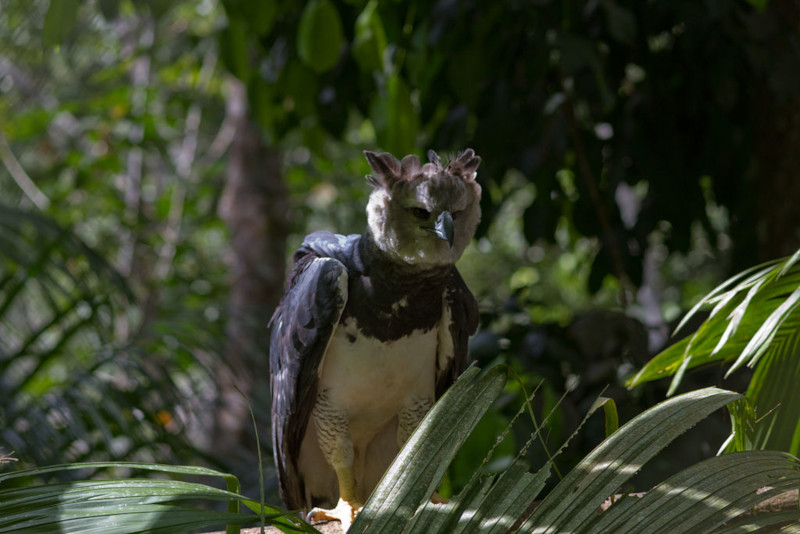
Harpy Eagle Facts
- The magnificent Harpy Eagle presently ranks as the largest and most powerful of all known types of eagles living in a rainforest. This huge and truly stunning variety of raptor also ranks as one of the largest species of eagle found anywhere on earth.
- Some confusion does surround the animal, however, in regards to its common name. Some refer to it as the American harpy eagle. This occurs due to the desire to avoid confusing it with another species of eagle inhabiting the same habitat range.
- Quite unfortunately, the IUCN now lists this incredible bird as Near Threatened on its Red List of Threatened Species. This lamentable fact occurs due to a combination of factors. Chief among these is the ongoing destruction of much of its natural habitat.
- In fact, in parts of the range it previously inhabited, the gorgeous animal has now disappeared entirely. In addition to this, the magnificent bird known as the Harpy Eagle also faces various other threats to its continued existence.
- Even in the regions it still appears in, its numbers appear to be reduced. The fabulous bird also faces the same dire threats as many other species around the world today. This consists of the ongoing threat of climate change, which looms over countless species.
Related Articles

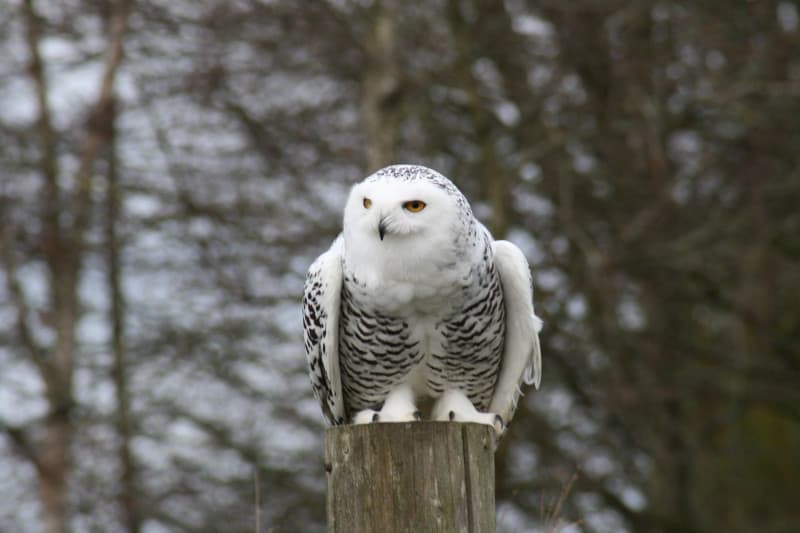
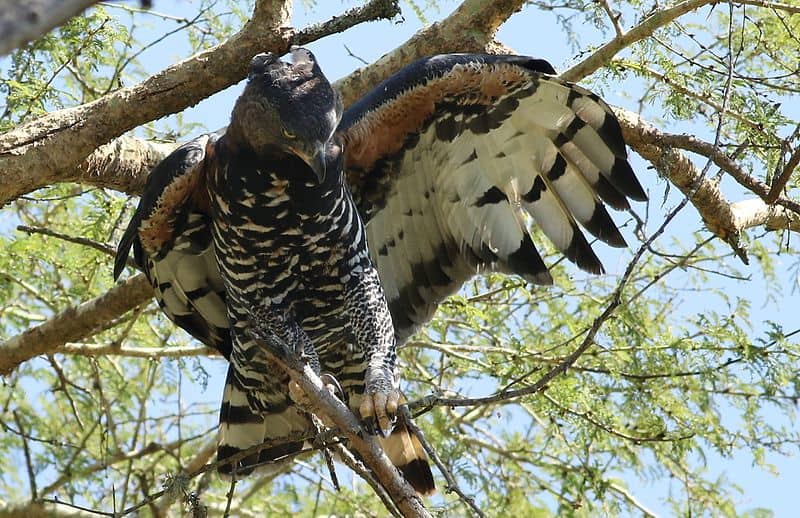
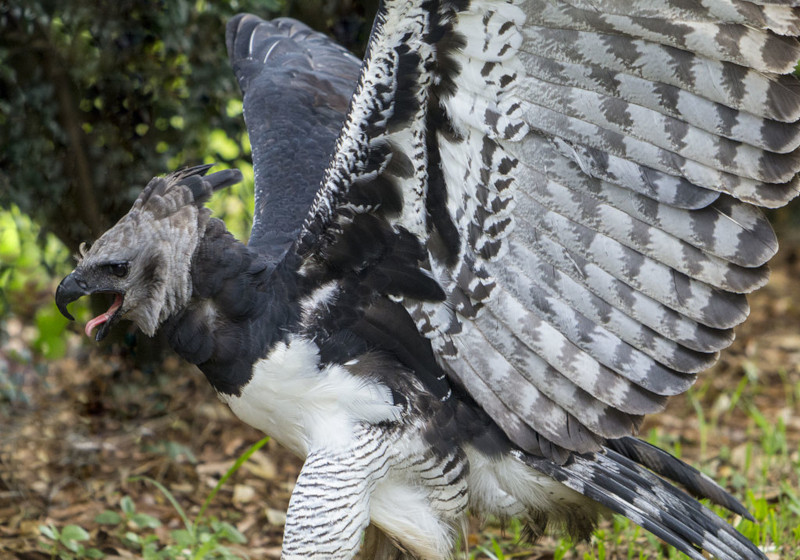
Harpy Eagle Physical Description
The truly stunning Harpy Eagle possesses an extremely visually striking physical appearance. This easily sets it apart from related species. This statement holds true for several reasons. Its sheer physical size only represents one of these factors, however.
But, as remains true of many species, this bird displays the trait of sexual dimorphism. In its case, though, this means that the female of the species reaches a significantly greater size than her male counterpart. Both genders also have the largest talons of any type of eagle.
The female of the marvelous species, usually being the larger of the two, typically attains a maximum body length measuring about 3.5 ft (1.07 m). The smaller male of the species pales in comparison. He rarely exceeds a body length of 2 ft 10 in (86.5 cm).
The impressive females further attain a much greater mass than the males. The body weight of the female achieves an average totaling as much as 18.3 lb (8.3 kg). Yet the males, however, only reach a maximum known weight of 13.1 lb (5.95 kg), and average much less.
Both genders of the Harpy Eagle do share many characteristics. This includes displaying the same overall physical appearance. The upper portions of the body present dark black feathers. Yet, the underside of the bird remains primarily white in color.
The exception to this tendency is that of the presence of thin black stripes on each of its legs. But, the remarkably majestic head displays a pale gray color, along with a double crest. Finally, the upper side of the tail shows a black color, with three gray stripes.
- Kingdom: Animala
- Phylum: Chordata
- Class: Aves
- Order: Accipitriformes
- Family: Accipitridae
- Genus: Harpia
- Species: H. harpyja
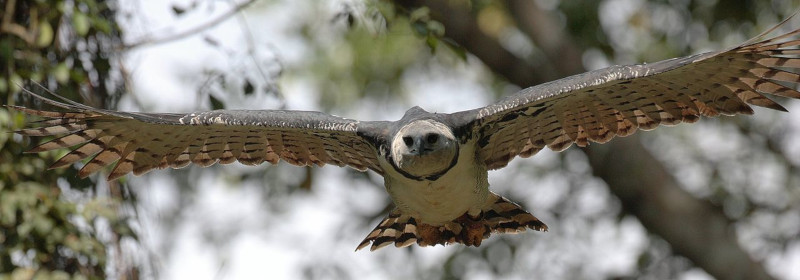
Harpy Eagle Distribution, Habitat, and Ecology
The native habitat range of the magnificent Harpy Eagle measures quite extensive. In point of fact, it extends from Mexico, in North America, to Argentina, in South America. In the country of Mexico, though, the fabulous creature appears to be nearly extinct.
Very sadly, though, this marvelous bird continues to have a thinly scattered population. This lamentable fact further apparently holds true throughout the entirety of its known range. The loss of much of its native habitat negatively impacts it as much as other species.
The animal additionally has a very specific type of region in which it makes its home. The majestic predator primarily inhabits regions of lush tropical rainforests. Not surprisingly, then, the majority of its numbers appear in this habitat in the country of Brazil.
The bird also requires a very particular range of height above sea level for its range. Most individuals live in areas with an elevation lower than 3,000 ft (900 m). Scattered specimens do appear at altitudes of as much as 6,600 ft (2,000 m), in areas of similar vegetation.
The powerful Harpy Eagle still remains one of the top predators in every area it lives in. Its prey, furthermore, mainly consists of various tree-dwelling mammals. Yet, it also occasionally hunts such animals as squirrels, porcupines, and opossums, to name a few.
More precisely, however, sloths and monkeys comprise the great majority of its food supply. In this respect, its great size and power provide it with a significant advantage. Meanwhile, the deadly creature itself understandably has very few natural predators.
Species Sharing Its Range

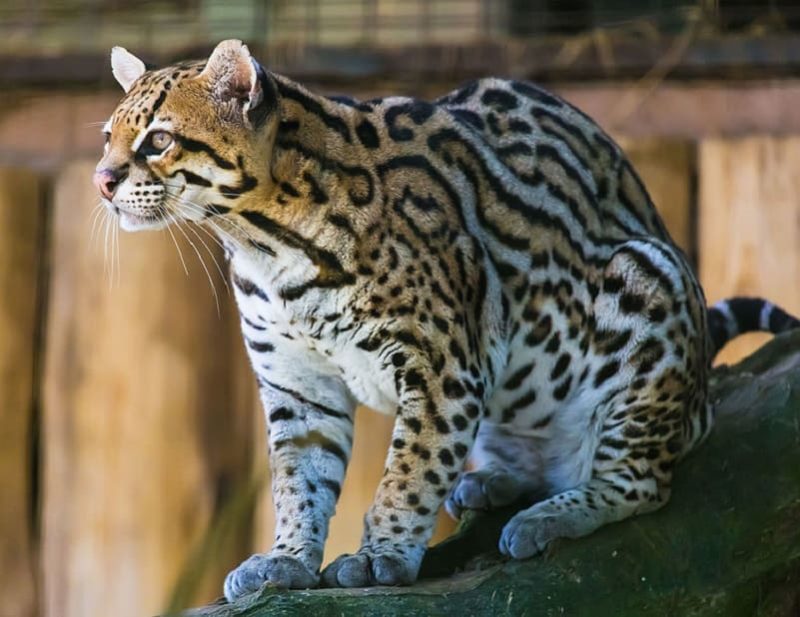
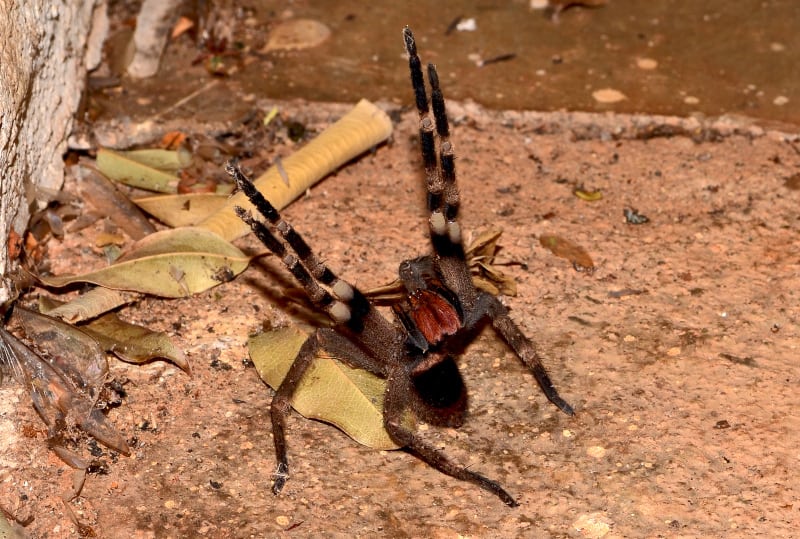
Brazilian Wandering Spider
Check out our other articles on 4 Fabulous Snakes of Asia, Indian Bullfrog, Christmas Island, Lava Cactus, Japanese Angelshark, Green Orchid Bee, Northern Elephant Seal, Thorny Dragon









Amazing! Is it larger than our California Condor?
Would love to see in real life. Are there any in USA zoos?
Thank you for sharing.
Never knew this bird existed
HOLY SMOKE!! I was looking for information on the Brazilian Harpy and found more than I bargained for!
I truly enjoyed the information presented, and MARVEL at the camera work and photography! Great, informative piece for me about which I had no knowledge of until today. Now, I’m an expert!